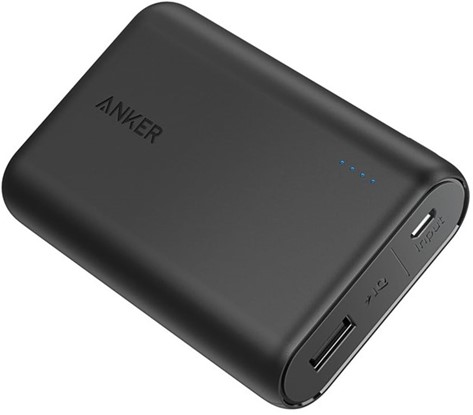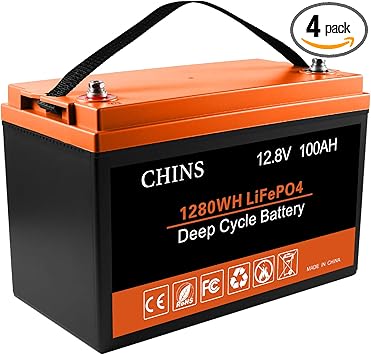In my state there have been at least five cases where Li-Ion batteries have caught fire and burned homes down. I just got a recall notice from Amazon about how 10,000mAh power banks have caught fire.

 www.cpsc.gov
www.cpsc.gov
I have a Li-Ion string trimmer, a Li-Ion chain saw, a Li-Ion power snow shovel and a Li-Ion E-bike. Not to mention all the small devices with those batteries in them. I'm to the point where I don't want them in my house anymore. The large batteries are stored in the shed, but I don't want that burned down either. The recall notice has specific instructions on how to dispose of them and it's not simple or easy.

 kutv.com
kutv.com

More than One Million Anker Power Banks Recalled Due to Fire and Burn Hazards; Manufactured by Anker Innovations
Consumers should immediately stop using the recalled power banks and contact Anker Innovations for instructions on receiving a free replacement power bank. Visit https://www.anker.com/product-recalls to register for the recall. To receive a replacement, consumers will be required to submit a...
I have a Li-Ion string trimmer, a Li-Ion chain saw, a Li-Ion power snow shovel and a Li-Ion E-bike. Not to mention all the small devices with those batteries in them. I'm to the point where I don't want them in my house anymore. The large batteries are stored in the shed, but I don't want that burned down either. The recall notice has specific instructions on how to dispose of them and it's not simple or easy.

Lithium batteries explosions blamed for large fires in Kearns, South Jordan
Lithium batteries have been the cause of several house fires across the state.They are in almost everything we use— from cellphones to laptops, to tablets, pow








